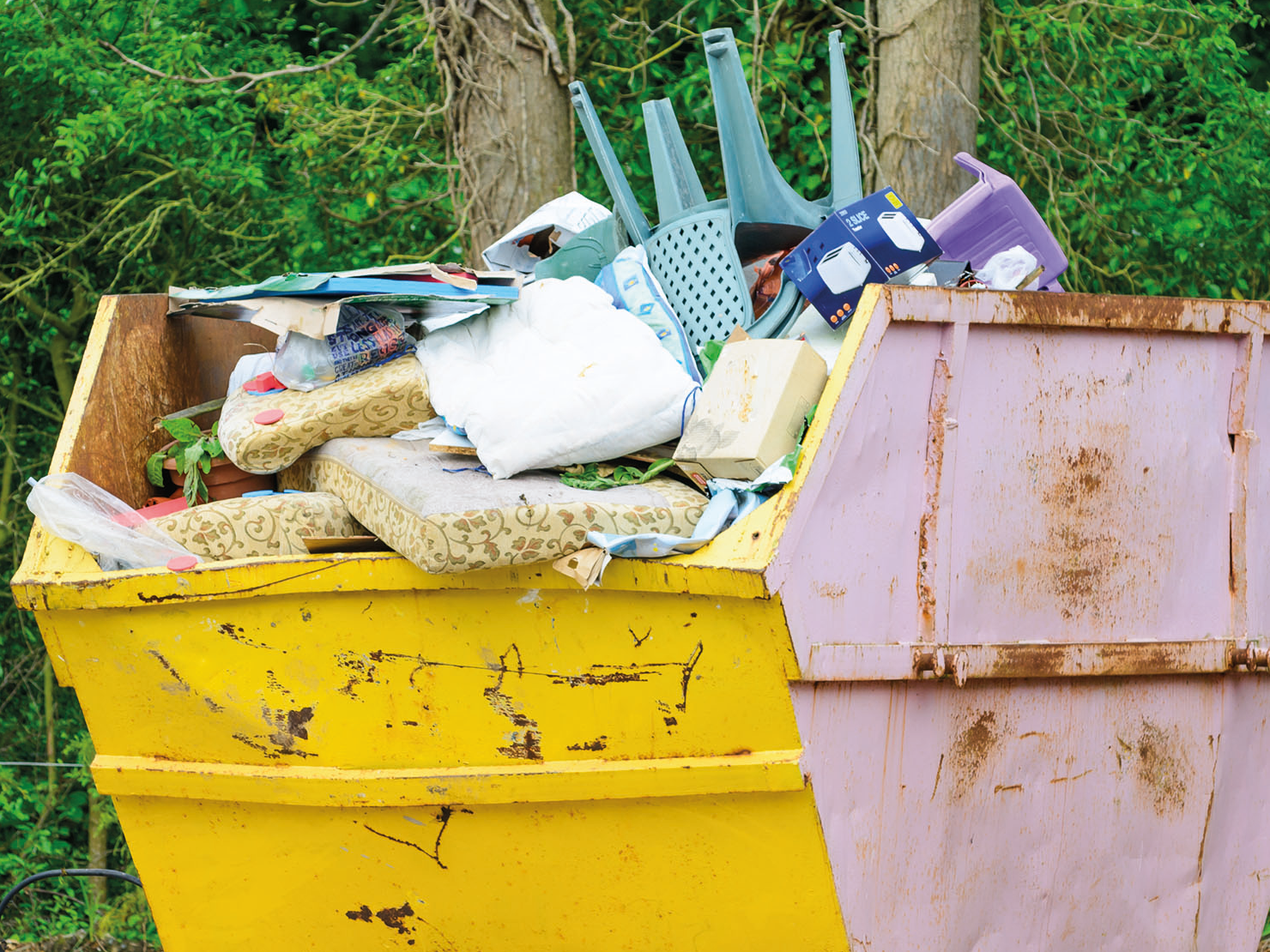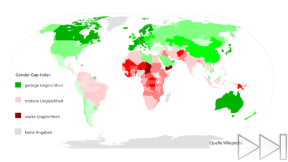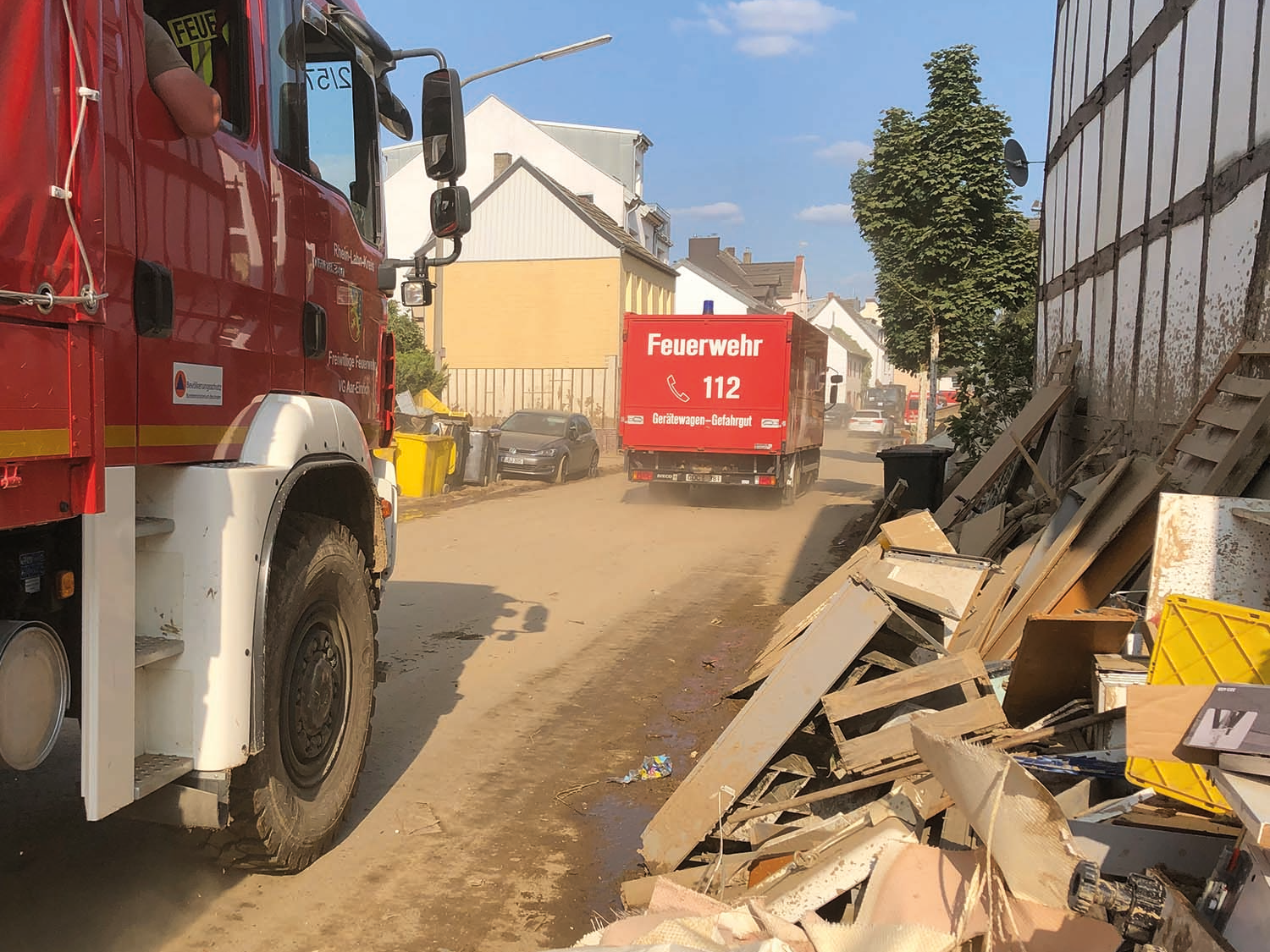 Politics / Civics, Society
Politics / Civics, Society
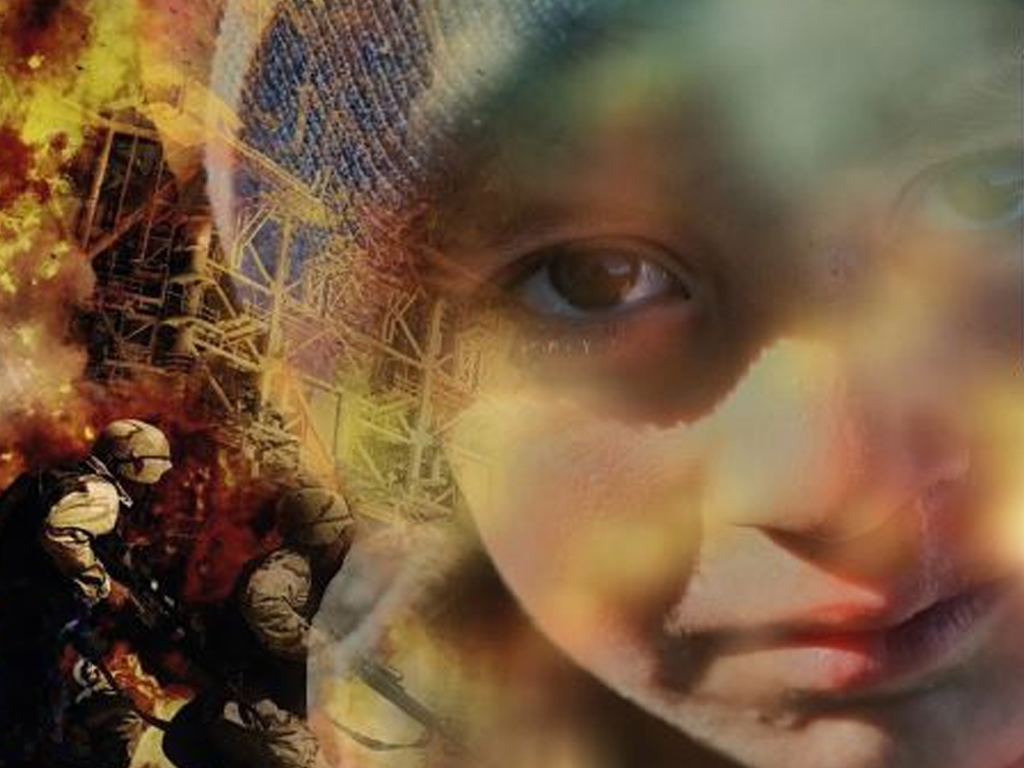
4675551 / 5563699
Neue Heimat Deutschland
Flucht vor dem Krieg
Vorgestellt wird eine 17-jährige Syrierin. Wir treffen sie in der Erstaufnahme für Flüchtlinge im thüringischen Eisenberg. Ihr großer Wunsch ist ein Leben in Frieden.
Moasasa spricht gutes Englisch und möchte so schnell wie möglich wieder in die Schule gehen. In Deutschland ist vieles anders. Es gab gute und schlechte Erfahrungen. Moasasa nimmt in Kauf, dass viele Menschen ihr mit Misstrauen begegnen, auch wenn sie es sich anders wünscht. Aber dafür ist sie in Sicherheit.
In Syrien konnte sie nicht alleine auf die Straße. Dort hatte sie immer Angst. In Eisenberg war sie abends sogar schon mal allein unterwegs.
Sie hält die Verbindung zur Heimat über WhatsApp. Das Smartphone ist die einzige Möglichkeit, in Kontakt zu bleiben.
Den Unterschied zu Syrien merkt sie nicht nur an den Straßen und Häusern – sondern auch an kulturellen Dingen. “Wenn wir, so wie jetzt, in Syrien nebeneinander herlaufen würden, würden uns alle anschauen und sagen: „Was ist das denn? Das ist nicht gut für das Mädchen!”
Gemeinsam mit dem Unterrichtsmaterial ist der Film sehr gut für den Einsatz im Schulunterricht geeignet.
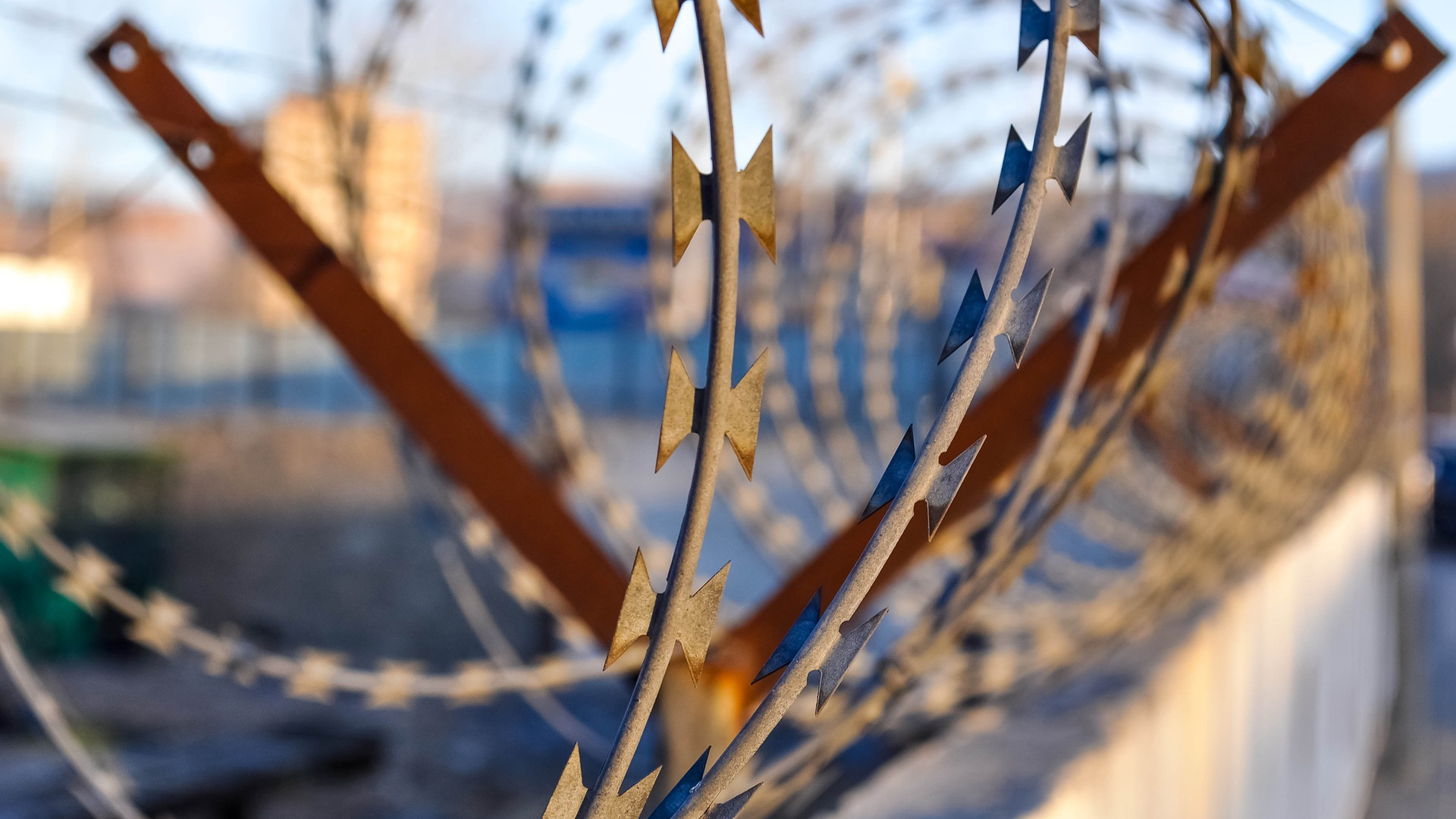
Curriculum-centred and oriented towards educational standards
Matching
Wegwerfgesellschaft
Der Müllberg wächst Jahr für Jahr. Das liegt zum Einen daran, dass die Verpackungen aufwändiger werden, zum Anderen an den extrem kostengünstig produzierten Konsumgütern, die häufig einen Neukauf lohnender als eine Reparatur machen.
Gleichstellung der Geschlechter
„Männer und Frauen sind gleichberechtigt.“, so steht es im deutschen Grundgesetz in Artikel 3. Doch leben wir tatsächlich in einer geschlechtergerechten Gesellschaft? Wie hängen die Begriffe Gleichbehandlung, Gleichberechtigung und Gleichstellung zusammen? Wie kann die Gleichstellung der Geschlechter erreicht werden?




